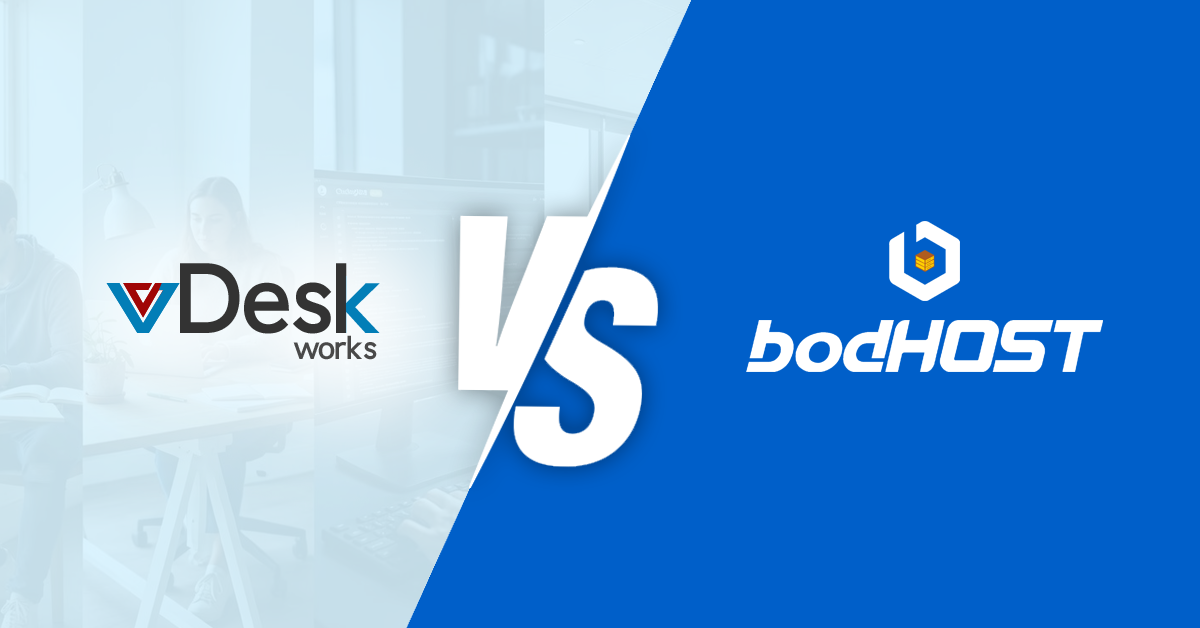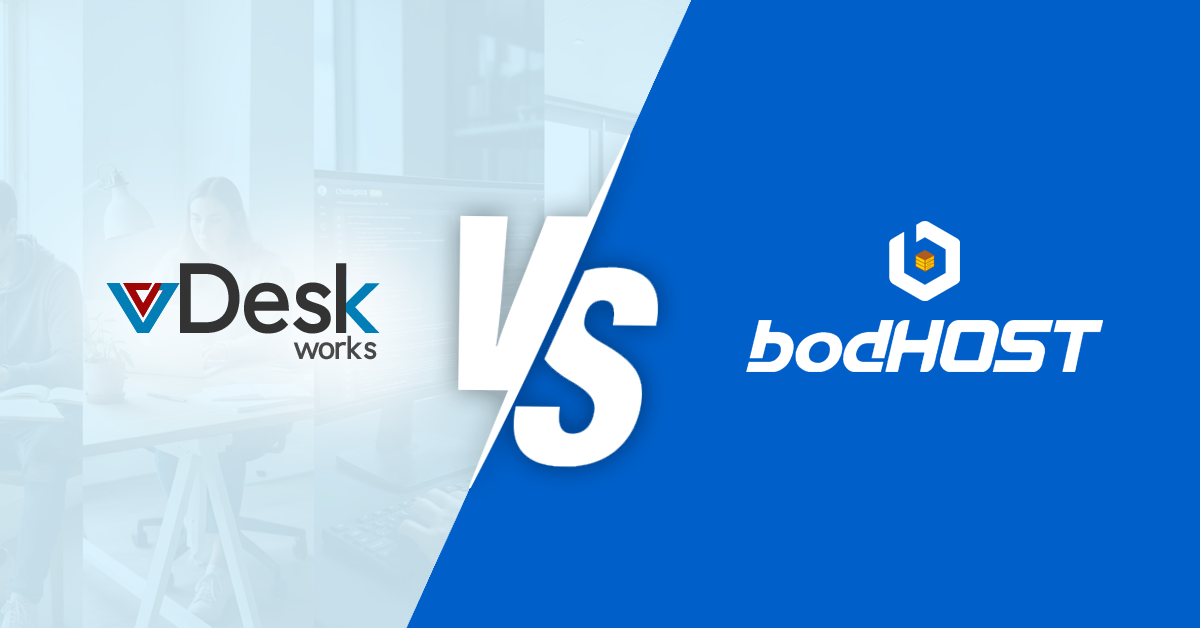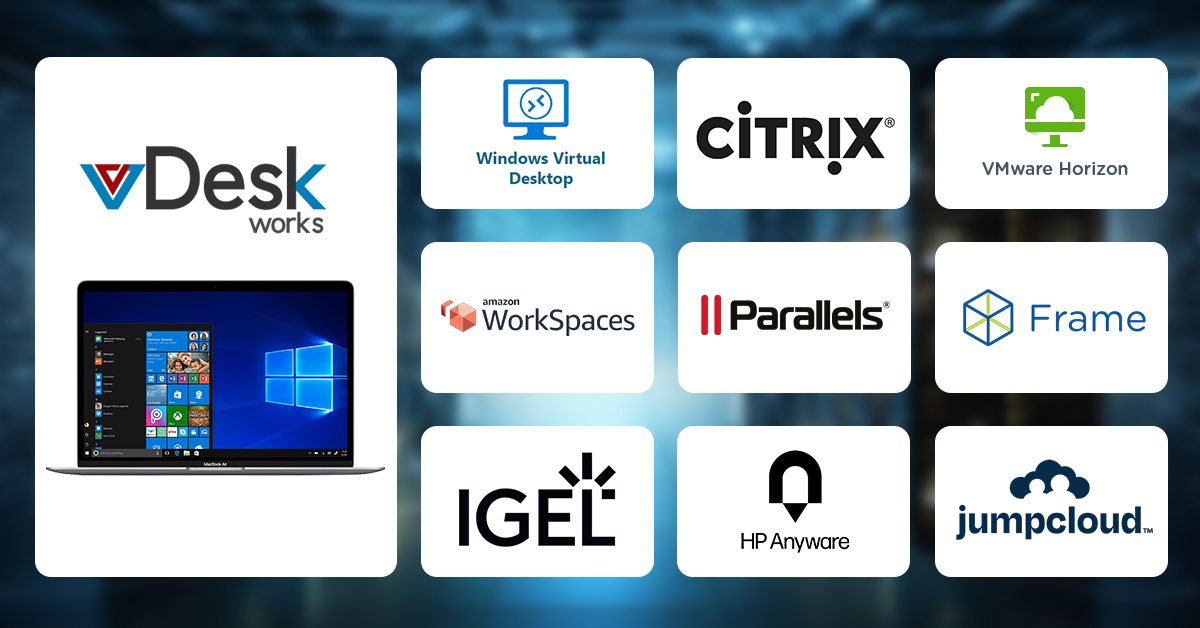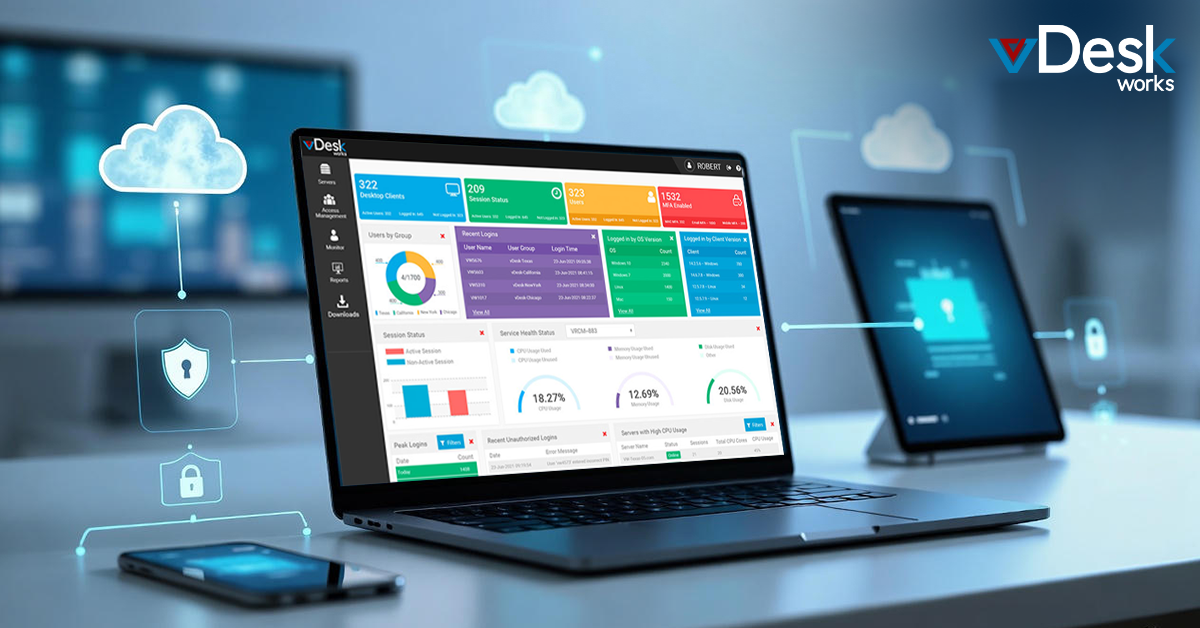How Organizations Can Advance in the Industry with Cloud
Today, IT companies use public cloud computing services as they need the scalability and flexibility of cloud services to respond to ever-changing economic conditions efficiently. However, only a few organizations fully optimize the public cloud and deliver the desired business outcomes.
According to Paul Delroy, Senior Director Analyst at Gartner, "Cloud adoption accelerated rapidly during the pandemic and will accelerate further in the years to come." He adds, "Cloud services let smart business leaders respond quickly to opportunities — or threats. Businesses that successfully exploit cloud computing will have a competitive advantage, and it might determine whether they survive."
In 2022, the latest innovations will enable cloud deployments to be streamlined and extended to previously incompatible usage scenarios. IT organizations must consider these five steps when developing, implementing, and unfolding cloud computing strategies.
Step 1: Create Cloud Strategies to Add Business Value and Speed
In today's challenging business environment, a business must find ways to move quickly and beat the competition. Companies become more capable when using cloud services and are therefore more likely to thrive.
I&O (infrastructure and operations) professionals typically consider refining technical infrastructures while overlooking the more important considerations: delivering maximum value in the shortest time. Companies should map their cloud strategies using the following three priorities:
- Strategy and innovation: Think about how the cloud can help you solve your business problems and facilitate creation.
- Security and control: Think about how the cloud can help you solve your business problems and facilitate creation.
- Deployment and migration: Adapt and organize for cloud computing success. Support the transformation on all levels of the organization.
Adapt and organize for cloud computing success. Support the transformation on all levels of the organization.
Most companies already work with a fully operational cloud-based SaaS or DaaS provider. However, many still think adding another cloud provider for further use will benefit their organization. It may be true that multi-cloud strategies make a business more flexible, but they also increase the cost and complexity of business operations.
Most companies already work with a fully operational cloud-based SaaS or DaaS provider. However, many still think adding another cloud provider for further use will benefit their organization. It may be true that multi-cloud strategies make a business more flexible, but they also increase the cost and complexity of business operations.
Step 3: Strengthen Your Application Architecture
Due to the fast increasing frequency of cybersecurity threats, particularly ransomware, the spotlight on IT resilience is only getting brighter. Companies must also consider the continuous organizational disruptions caused due to pandemics and other natural catastrophes. Strength and immunity to such threats put your business to great advantage. In your competitors are already suffering from downtimes and delays, while your business efficiently functions, then your IT services have made an opportunity to display the supremacy of your product.
Harness the resiliency of modern IT by shifting your focus to a more robust application architecture rather than individual service continuity. Reliability has always been the operators' responsibility, who ensure it by developing disaster recovery capabilities in the infrastructure. However, reliability is an advanced feature of the application code itself. Gartner expects that by the end of 2025, more than 30 percent of businesses will create new roles focusing on IT resilience and improve reliability and recoverability by 45 percent.
Step 4: Facilitate Hybrid Architectures with Distributed Cloud
IT companies adopt private or hybrid clouds for multiple reasons: data gravity, regulatory requirements, the motion of legacy infrastructure, limitations of operating staff skill sets, or even fast-approaching project deadlines.
However, stubbornness and complexity often prove disastrous for private cloud projects. Businesses expect private and hybrid clouds to work with the same ease of use, integration as public cloud, and service consumption, but they seldom meet the expectations.
Distributed cloud is a perfect solution for this disparity. Solutions like vDesk.works extend the same native public cloud services to on-premises infrastructure while following the same management pattern. These cloud services are spread to locations that meet private and hybrid cloud needs while keeping the benefits of classic public cloud utilization.
A BYOD (Bring-your-own-device) policy is easier when your business uses a cloud virtual desktop solution. A virtual desktop can smoothly run on any device with the supported operating system with VDI. The company can keep a quick view of what employees are doing and securely practice business operations.
Step 5: Cultivate Public Cloud Skills Within the Organization to Close the Talent Gap
As hiring a skilled IT professional becomes more challenging, IT businesses must cultivate public cloud skills within the organization. Even though public cloud infrastructure is relatively new, I&O technical professionals don't have the required cloud skills fast enough to satiate the demand for ever-increasing cloud services. Consequently, a lack of skill can postpone or restrict a cloud project, preventing innovation.
Try creating a talent enablement program (TEP) focused on promoting and developing the required skills and honing the critical roles within the organization. With the help of a TEP, you can find the skills your organization needs, overcome recruiting struggles, and work with technical professionals with the most critical skills they need to attain and improve on.
Try creating a talent enablement program (TEP) focused on promoting and developing the required skills and honing the critical roles within the organization. With the help of a TEP, you can find the skills your organization needs, overcome recruiting struggles, and work with technical professionals with the most critical skills they need to attain and improve on.
Cloud computing has the potential to take your business to the heights you have only imagined. With a cloud infrastructure, you give your employees and managers the ability to compete with the industry leaders.
vDesk.works is a global provider of application delivery, desktop virtualization, and cloud client technology solutions. We enable IT and service providers to manage and deploy secure applications and desktop delivery solutions. Our virtual desktops allow users to access applications on any device from anywhere in the world.
Our philosophy is that cloud computing solutions should be flexible, dynamic, and straightforward. We are passionate about solving customer problems efficiently and cost-effectively. vDesk.works are recognized as a leading player in the application delivery, virtualization, and cloud technology markets, with customers worldwide.


 Noah Thompson
Noah Thompson
















